SSIB 2022 Learn More

Speaker List:
Casey Anglada DeRaad
Gen John Olson, U.S. Space Force
Gen Steve (Bucky) Butow, Defense Innovation Unit
Col Eric Felt, Air Force Research Laboratory
Administrator Bill Nelson, NASA
Namarata Goswami
Jared Rieckewald, Northrop Grumman
Cameo Lance, Rhea Space Activity
Jim Kervala, OffWorld
Chris Paul, Air Force Research Laboratory
Russ Teehan, Amazon
Steve Nixon, SmallSat Alliance
Rogan Shimmin, Defense Innovation Unit
Karl Stolleis, Air Force Research Laboratory
Andy Williams, Air Force Research Laboratory
Jason Aspiotis, Axiom Space
Juli Lawless, Redwire
John Wagner, Sierra Space
Barry Kirkendall, Defense Innovation Unit
James Winter, Air Force Research Laboratory
Paolo Venneri UNSC-Tech
Ryan Weed, Defense Innovation Unit
Associate Administrator Dr. Bhavya Lal, NASA
Robbie Schingler, Planet
Steve Wood, Maxar
Peter Wegner, BlackSky
Brian Flewelling, ExoAnalytics
Shiloh Dockstader, Planet
Lee Steinke
Christos Christodoulou, University of New Mexico
Tom Caudill, Blue Halo
Pav Singh, Defense Innovation Unit
Katherine Koleski, Defense Innovation Unit
Bruce Cahan, Urban Logic
Meagan Crawford, Space Fund
Mark Jelonek, Aerospace Corp
Nicholas Eftimiades, Atlantic Council
Rick Tomlinson, Space Fund
Lisa Rich, Xplore
Working Groups
Hybrid Space Communications: This working group will explore the progress made in securing funding for the future Space Internet and how to accelerate achieving the vision for transforming space systems into a ‘space superhighway’ that strengthens US leadership in commercial, civil and national security space. The discussion will include how to enable the space industrial base in delivering critical solutions across building hybrid space architecture, multi-path communications, SATCOM, Space Domain Awareness, weather observation sources and ground terminals. Hybrid space communications are foundational to enabling secure, authenticated, interoperable communication between satellites and much broader economic activity. Addressing where automation and autonomy are desirable and essential for transforming communications in space will also be covered.
In Space Transportation and Logistics: This working group will explore how the U.S. and its allies should advance development on modular, serviceable, and reusable systems and sustainable in-space logistics infrastructure (both physical and digital) to support operations by leveraging commercial, civil, and national security space systems. This will include a discussion on implementing the Active Debris Removal Strategy (pending release) and In-Space Servicing, Assembly, and Manufacturing (ISAM) National Strategy.
Policy and Finance: This working group will discuss recent developments and actionable steps needed to modernize near- and mid-term licensing, trade, economic and financial policies and strategies to ensure the long-term competitiveness of the commercial space sector. This encompasses policies and strategies on how to engage allies and regional partners and address foreign ownership, control and influence (FOCI) while protecting our national security and supporting the U.S. space industrial base.
Next Generation Power and Propulsion: In the last year, the U.S. Government has laid out a National Strategy for Nuclear Power and Propulsion. Both the human missions themselves and the logistics missions that support them will require large quantities of propellant and highly efficient propulsion systems to achieve affordable routine missions. Systems such as high-power electric propulsion, nuclear thermal and nuclear electric propulsion, and Lunar-sourced propellant must all be developed to sustain the spaceflight ecosystem. This group will discuss progress made over the last year and challenges to be addressed to expand energy supplies more rapidly, including regulatory and licensing obstacles and a lack of testing facilities and nuclear disposal sites. Nuclear and solar power and propulsion, power beaming and alternative propellants will be among the innovative technologies explored and discussed.
Remote Sensing and Traffic Management: This working group will review the current remote sensing and traffic management landscape and propose implementable recommendations needed to resolve undetermined aspects of operation in cislunar space, including spectrum allocation, space situational awareness, and earth observation (EO, IR, Hyperspectral, SAR, RF, others) with real time tracking from, to, and in space. This will include modernizing and overcoming barriers to commercial acquisition regulations to leverage the nation’s growing commercial remote sensing industry to enhance our space domain awareness (SDA) architecture and continue expansion of LEO constellations.
Workforce, Education and STEM: A healthy space infrastructure supported by a STEM workforce must be put in place to capture a dominant share of the $1.4 trillion in economic growth expected over the next decade. Success will require a highly educated workforce across all Science, Technology, Engineering and Mathematics (STEM) disciplines not only in design but skilled labor. However, workforce issues threaten the economic viability of space as well as the ability to maintain a strong national security space posture. This group will discuss progress in building the space workforce of the future and how to address talent gaps, such as preparing the workforce, increasing diversity, securing financial investments, and retaining talent.
Commercial Launch Sector: scheduled separately 25-26 May in Cape Canaveral, FL- Learn more here
